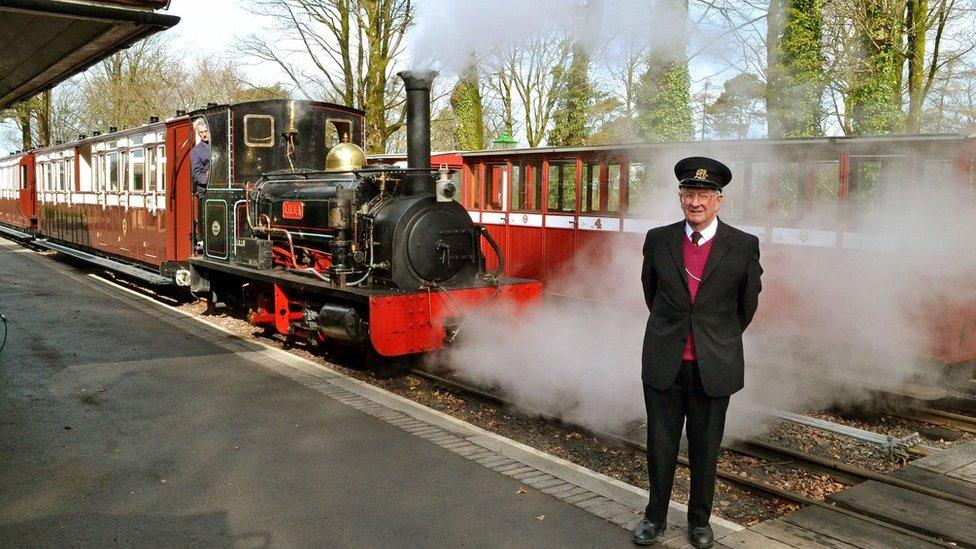How many people have to stand on trains?
- Published
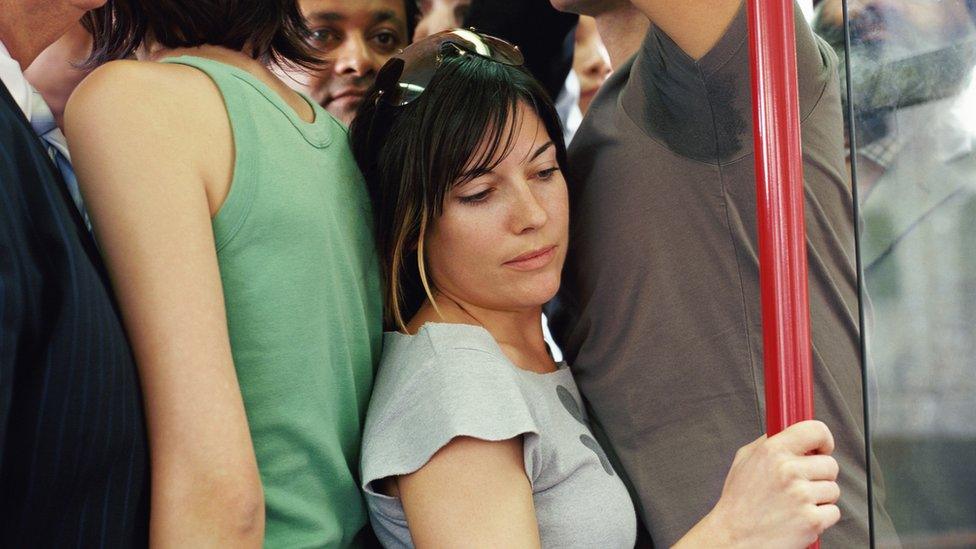
If you've ever caught the 06:57 Brighton to Bedford train, you'll know all about overcrowding. At 08:20 on any given morning, there are about 960 people playing musical chairs for 420 seats.
Or maybe you've headed into Manchester on the 04:22 from Glasgow Central. On average, 410 people are trying to fit into 191 seats at about 08:20 most mornings.
I can't tell you exactly how many people have to stand up or indeed sit on the floor on the UK's trains every day. But there are some government stats that give a big clue.
One looks at peak-time crowding in the biggest English and Welsh cities, external.
The other lists the 10 most overcrowded peak time trains, external.
To save you ploughing through them, here's what they tell us, although if you commute regularly, you'll have worked this out for yourself:
Train services into our big cities are getting more overcrowded
In the average morning peak, there are 5% more passengers than there are seats
That overcrowding level went up by 0.4% last year
Trains into London are the most overcrowded, followed by trains into Manchester, then trains into Birmingham
Some 155,000 passengers had to stand on trains arriving into London in the morning rush-hour last year, up from 139,000 the year before
Why so busy?
Today's trains are carrying record numbers of people and no-one saw it coming. In the 1960s, just about everyone thought that the car was the star, so the government closed thousands of miles of rail line (you've probably heard of Dr Beeching). They actually closed 3,000 miles of line in the 1950s too.
Even when the network was privatised in the 1990s, most people assumed it was about managing decline.
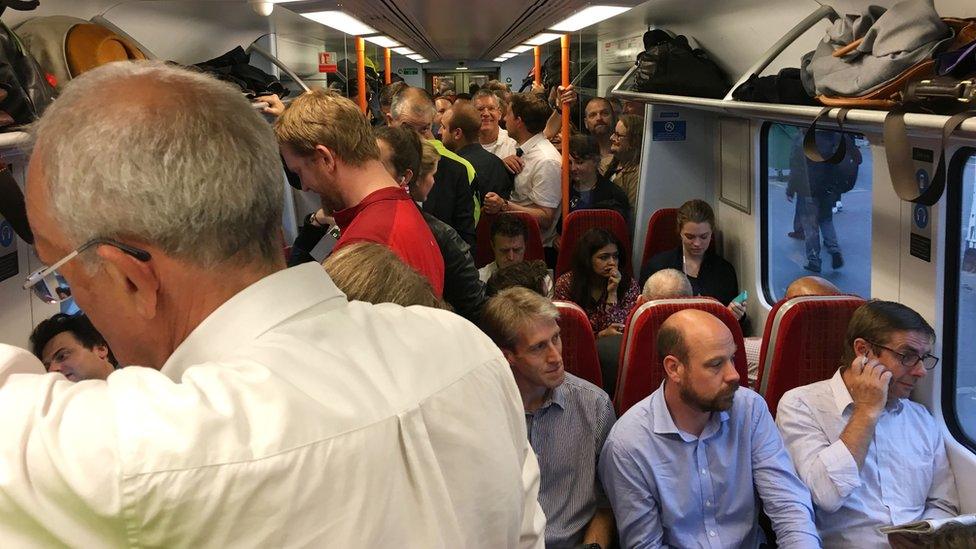
"Of course some trains are overcrowded, but that's because we've doubled passenger numbers since privatisation and they travel on thousands more services," says Nigel Harris, editor of Rail Magazine.
"It's part of the price we pay for a walk-up railway. The alternative is reservation only or you don't travel - which is often the case on the European railways, which critics often say are so much better than ours. They aren't!"
There were nearly 1.7 billion British train journeys last year. That's more than twice the number in 1994-95. A Victorian network, starved of funds for decades, was never going to be able to cope with that kind of rise.
The government says it's now investing a record £40bn which will deliver 3,700 extra carriages by 2019. That's why the fares keep going up, by the way. To pay for billions of pounds of upgrades.
Public or private?
Up until recently, the Labour Party shied away from wanting to renationalise the network, but Jeremy Corbyn has made the issue binary again.
He wants the whole system put back into public hands.
It's hardly a surprise that the country's most famous entrepreneur, Sir Richard Branson, waded in on Tuesday to defend his private company's reputation for running the East Coast line.
- Published24 August 2016
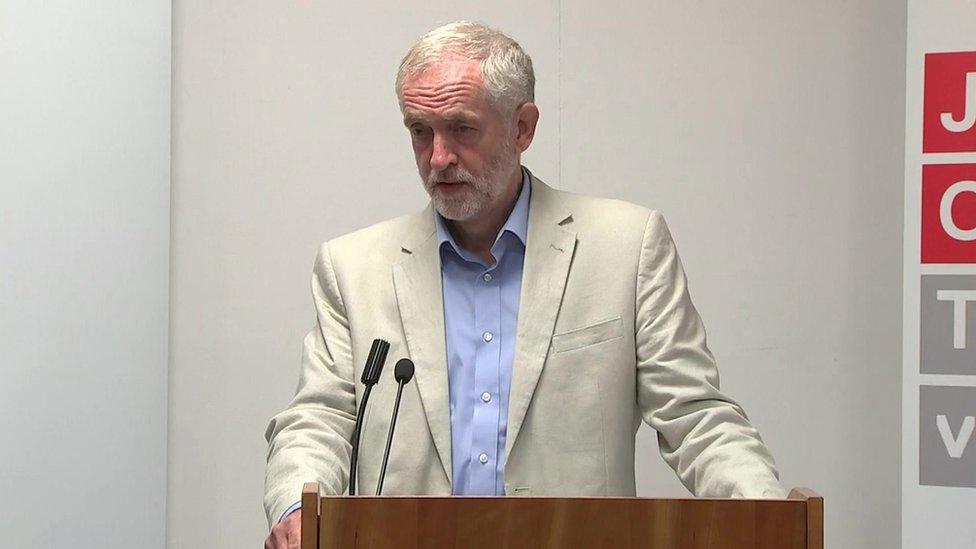
- Published24 August 2016
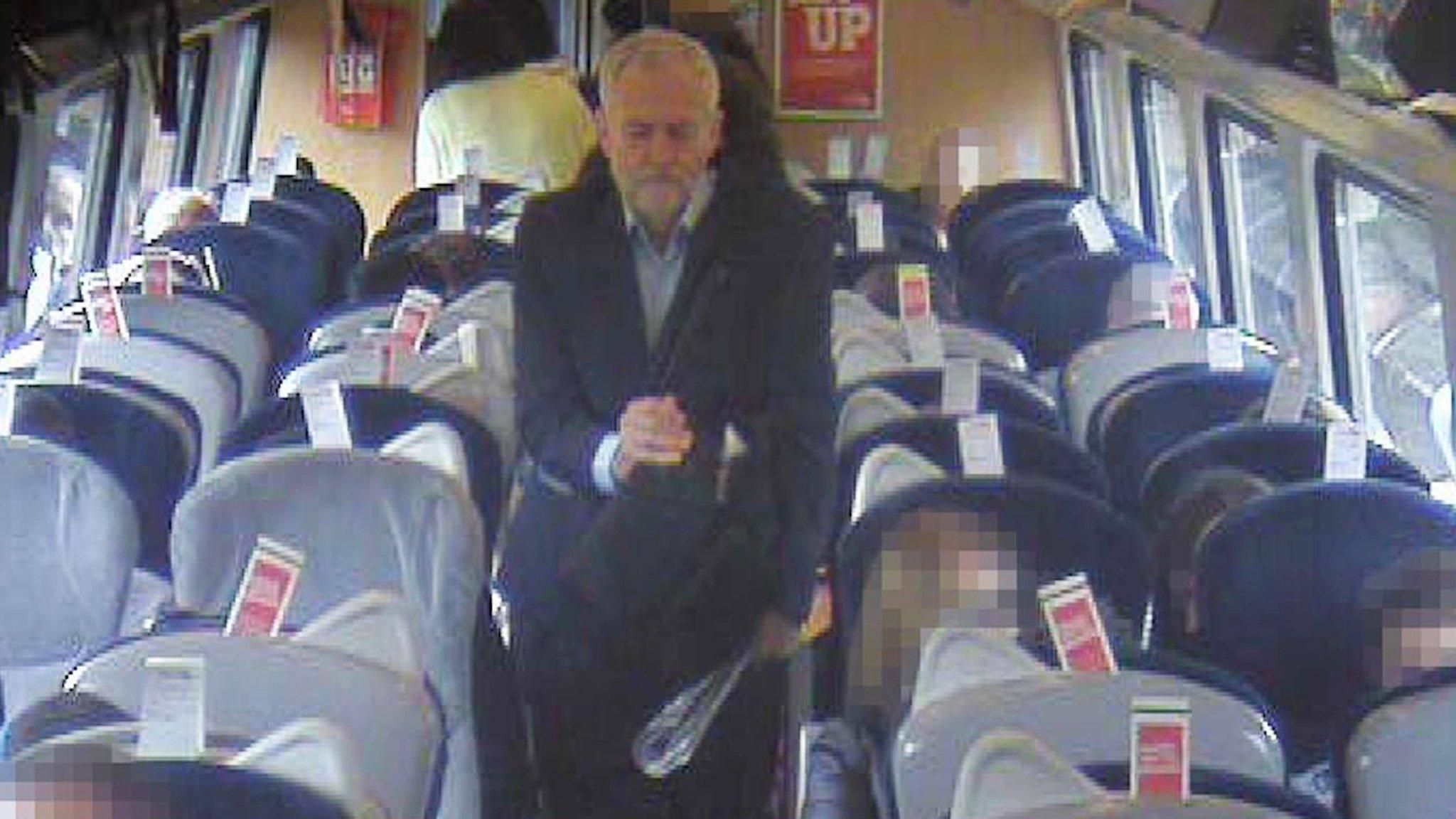
- Published24 August 2016
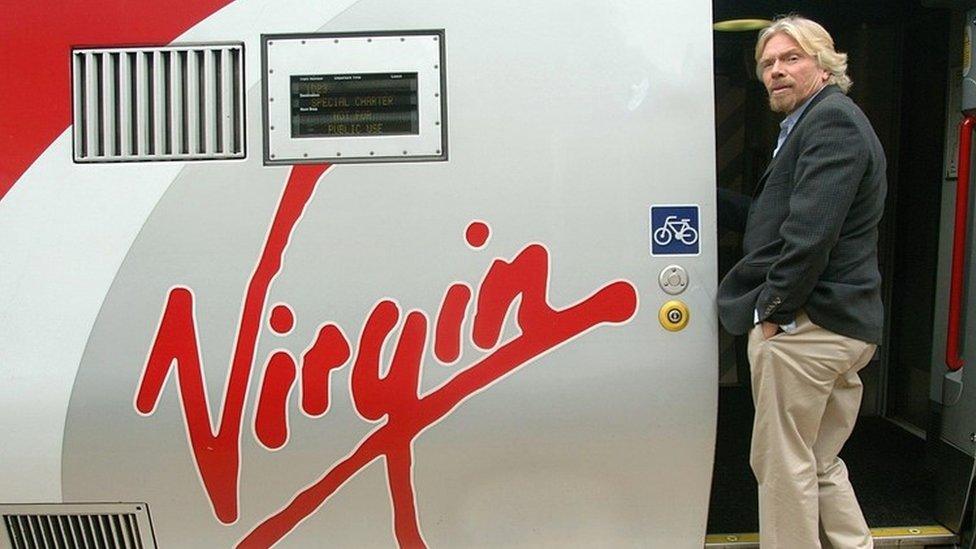
- Published23 August 2016
- Published23 August 2016
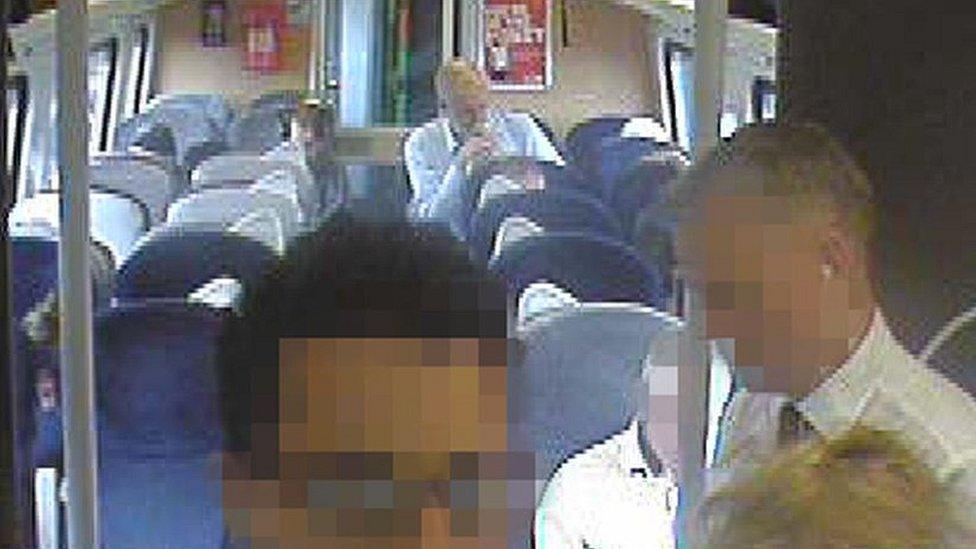
- Published29 May 2016
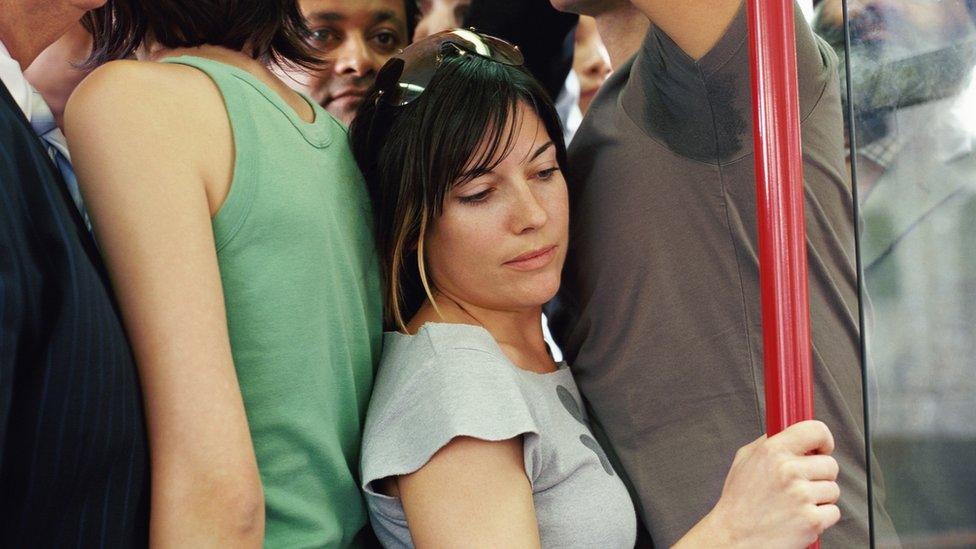
- Published23 April 2016
